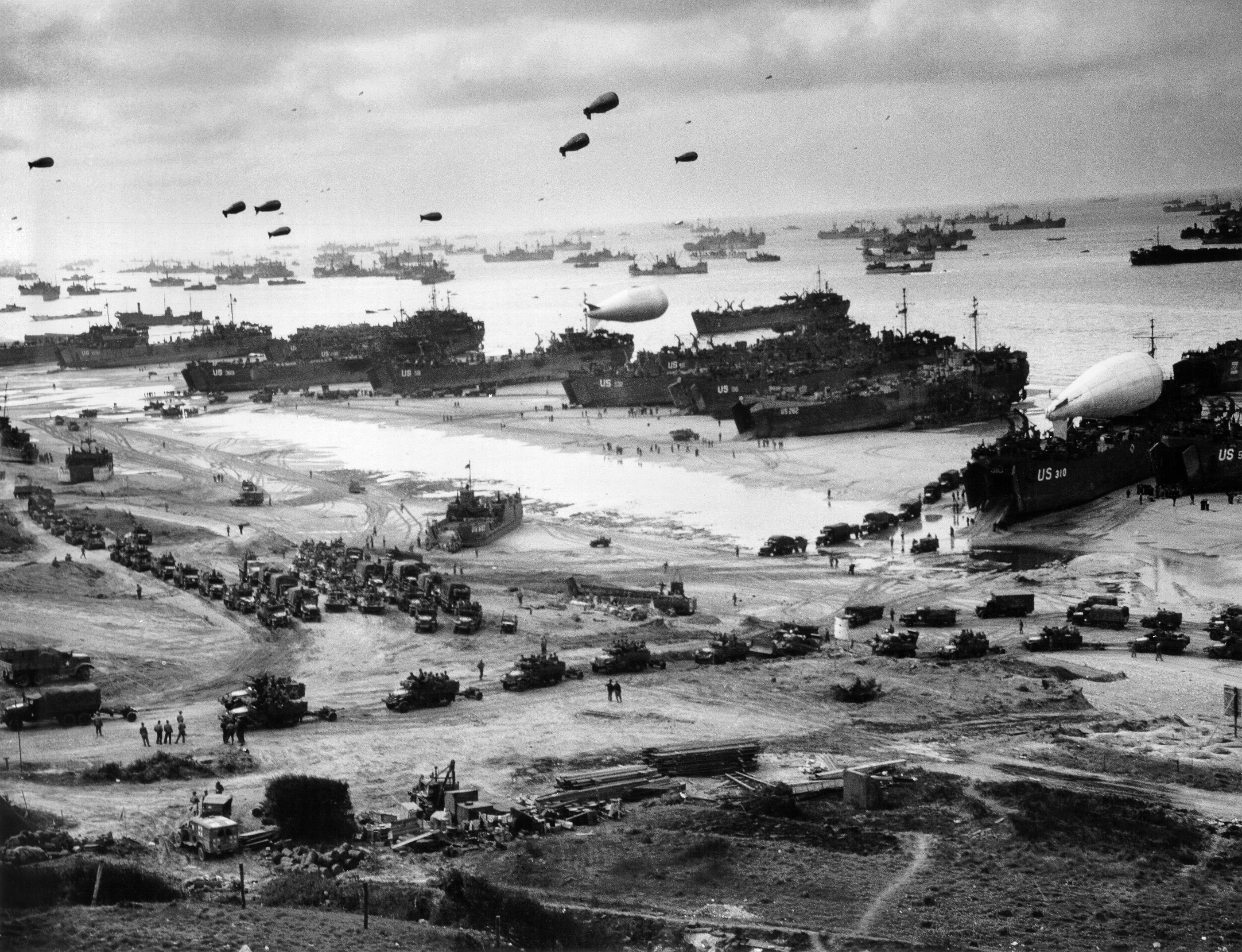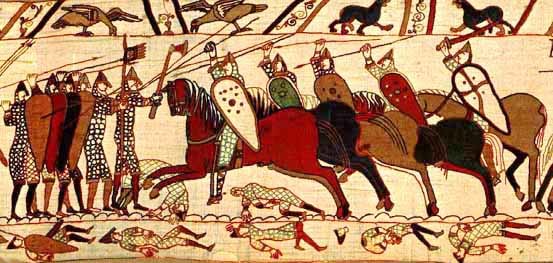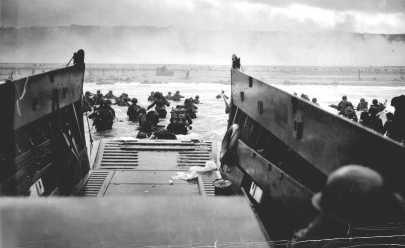The Archived Journal of William H. Johnston, an aspiring writer, world traveler and introspective philosopher searching for his muse.
Translate Blog
Tuesday, June 2, 2015
France, Part 18 - Normandy Introduction and Operation Overlord
It seems fitting that I have reached this part of my journey to France on June 6, 2015, almost 71 years after what was and still is one of the greatest amphibious assaults in the history of warfare. Before I do, readers need to know facts, figures and history of what was Codenamed "Operation Overlord."
Operation Overlord was a tremendous push of British, American and Canadian forces along a 50 mile stretch of coast. This was no simple landing on a beach though, and no ordinary invasion. The men and forces of Operation Overlord were undertaking the most dangerous stretch of Atlantic coast and the most ruthless and evil army of the 20th century.
Much can be said about the Nazi's and their atrocities, but they weren't stupid. They knew retribution would come, but not where. Hitler ordered none other than Erwin Rommel, the Desert Fox, to see to the enhanced fortifications of what he called, "The Atlantic Wall" At 1670 miles it bristled with pillboxes, artillery turrets, bunkers, flack guns and countless amounts of barbed wire and cement. Rommel enhanced these defenses with anti-tank and anti-vehicle obstacles. I remind you again, the allies were pushing into 50 miles of the most fortified of Rommel's defenses.
In preparing for assault, the Nazi's knew an attack was coming, just not where and the allies used many tricks and traps of their own to spread disinformation. Among these was the now infamous Operation Mincemeat which put false information in the hands of the Germans specifically regarding invasion plans.
Few know it today, but Normandy was not the first assault on this coast. In 1066 William the Conqueror began his conquest of England, an invasion depicted in the Bayux Tapestry which is the oldest in the world and still on display.
Indeed, Normandy had a long history of war and peace before the Nazis. Nonetheless, the marks of that fateful day 71 years ago still linger in the land, the buildings and in the hearts of the people who live there if you know where to look. The allies who tread there were walking into a hornet's nest of traps, hedgerows and flooded fields. The operation almost automatically went wrong when bombs missed their targets, and the men on the beaches were almost overwhelmed except when a particular group assaulting Utah beach landed in the wrong spot. Mistakes and miracles marked that day and began a forwards push to Berlin.
The invasion of Normandy left the Atlantic wall a battered remnant of tyranny that lingers like a slain dragon along the coasts of Europe, but here in France at the tip of the spear one can see it most severe. I treat this place and the journals there to follow with the deepest relevance.
In all 425,000 people died in Operation Overloard. The blood they spilled for freedom sprouted the beauty and peace that lingers there now. No one knows it better than the Normans who live there and the stories I heard and will share should be remembered for all time
(All pictures are courtesy Wikipedia and the World War II Museum, used for historical significance to this post)



